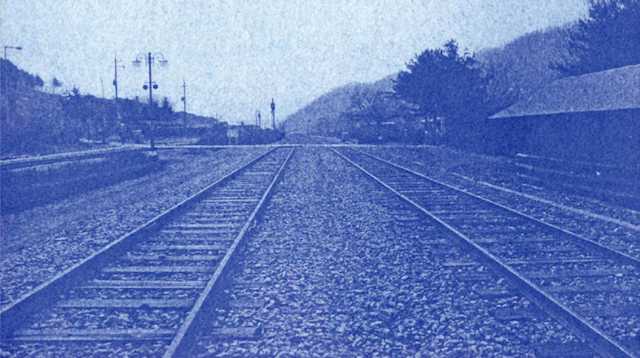Selected by Arlette Quynh-Anh Tran
Calling herself a ‘travelling artist’ who goes on endless expeditions to learn and make art, Nguyen Phuong Linh’s activities may recall the mobility of Renaissance artists in Europe in the sixteenth century; however, her journeys reflect more the urge to excavate untold histories, where fragmented realities and fictions lie beneath dust, dead generations and ordinary communities. In her current project focused on colonial rubber plantations in Central and Southern Vietnam, Phuong Linh has been excavating various facets of the material rubber. It all started one evening two years ago as she wandered through a forest of rubber trees surrounded by unnamed graves, and became fascinated by the red basalt soil found in the area, the hazy darkness, shining moon, smell of the forest and the ghost stories told about rubber workers who died during the years of French colonisation.
Like tracing forensic evidence, Phuong Linh investigates the material in its natural structure and history: how the rubber trees travelled through the Global South, brought from Africa to Vietnam by Doctor Alexandre Yersin to be cultivated, in the late nineteenth century; the emergence of the socialist proletariat in the plantations and the contemporary globalised chain of rubber production, consumption and land exploitation. The artistic results of this research are expected to be showcased in 2016and2017.
In 2013 Phuong Linh co-founded Nhà Sàn Collective, a group of experimental young artists and also the name of a new alternative art space, associated with Hanoi’s Nhà Sàn Studio (Vietnam’s first non-profit experimental space). The daughter of Nhà Sàn Studio’s co-founder, Phuong Linh spent her teenage years among the pioneering generation of contemporary artists in Vietnam of the late 1990s and early 2000s.
Alongside projects such as Dust (2011), for which Phuong Linh collected dust from locations in Vietnam, Japan and Korea as the starting point for works that included images, sculptures and installations, Phuong Linh’s most notable project is Salt (2009), for which she travelled to five fishermen’s villages to learn about the production of salt by local women and children. The shape of her outstanding Boat sculpture (2009) reminds both of a rice grain, symbolising the nation’s agricultural tradition and a boat, evoking the history of Vietnamese boat people. The boat shape could also reminiscent of a vagina – a recurrent image in Phuong Linh’s earlier feminist work.
From salt to dust and now rubber, Phuong Linh has mastered her interpretation of materials both formally and conceptually. Nguyen Phuong Linh’s art brings together the poetry of a lone explorer, the rich history of an inquisitive narrator and above all, the seduction of aesthetic quality.
Nguyen Phuong Linh Lives and works in Hanoi, Vietnam. In 2010 she founded IN:ACT, an annual international performance art festival in Hanoi. She also founded Skylines with Flying People, a network of events and opportunities for artists in Hanoi.
This article was first published in the January & February 2016 issue of ArtReview.
